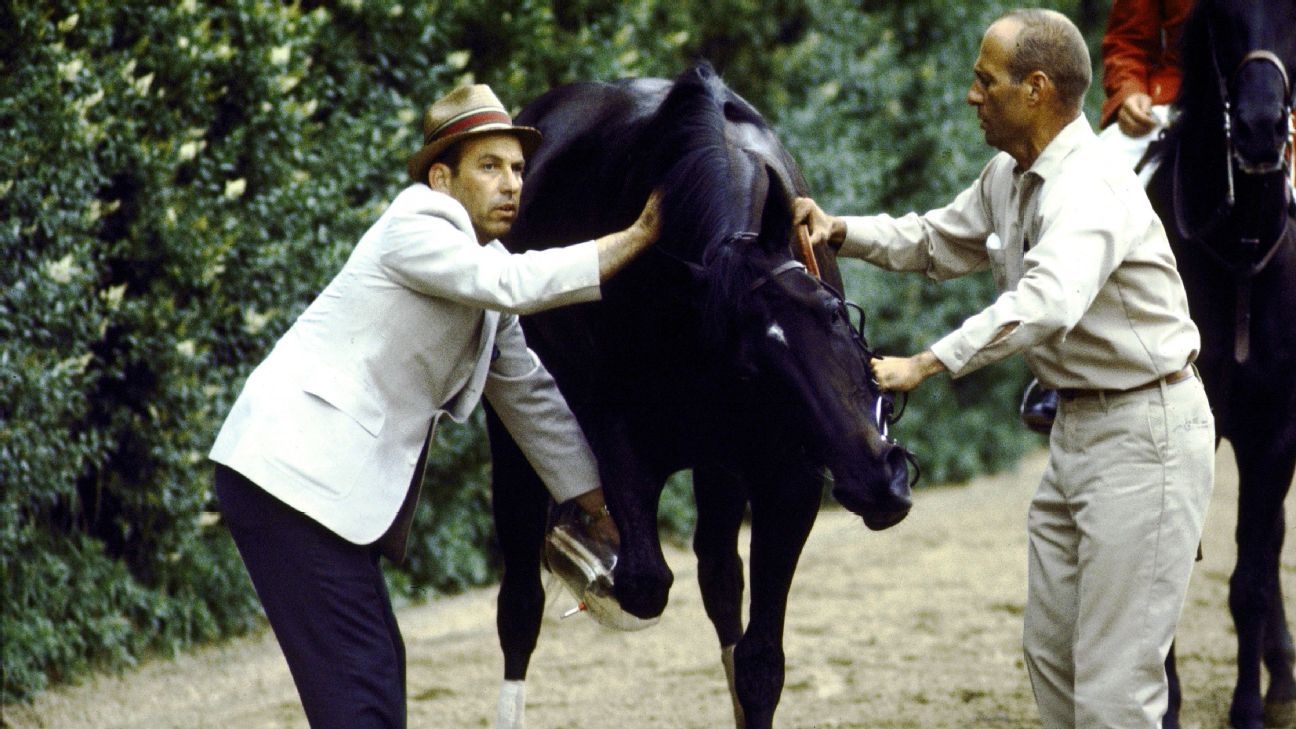About 50 years ago, thoroughbred racing faced a devastating moment with the collapse of Ruffian, an undefeated filly who competed against Foolish Pleasure in a highly publicized match race at Belmont Park on July 6, 1975. Ruffian’s tragic injury and eventual death marked a catastrophic event for the sport, with many believing racing never fully recovered from the loss.
Inspired by the growing feminist movement and the famous tennis match between Billie Jean King and Bobby Riggs, the New York Racing Association sought to boost attendance by staging a similar gender-based showdown between Foolish Pleasure, the Kentucky Derby winner, and Ruffian, who had dominated all her previous races. Stuart Janney III, Ruffian’s owner, regarded her as one of the greatest horses of all time, reflecting her extraordinary talent and presence.
Ruffian was a striking, powerful horse with a girth almost as large as some legendary male racers, and despite her feminine name, it perfectly suited her fierce competitive nature. On May 22, 1974, she won a race by an incredible 15 lengths, setting a stakes record and continuing a winning streak that included prestigious events like the Spinaway Stakes and races covering longer distances in the mare’s triple crown.
Meanwhile, Foolish Pleasure had a strong but mixed career, including a notable third place in the Florida Derby and a victory at the Kentucky Derby. Following a second-place finish in the Preakness, Foolish Pleasure was seen by many as the top three-year-old colt, leading to New York racing officials’ proposal to pit the best mare against the best colt. After negotiations, Foolish Pleasure’s team declined a three-horse race involving Master Derby, setting the stage for the iconic match race between the two.
The race, which drew a crowd of 50,000 and 18 million TV viewers, became a landmark event in sports history. Despite high hopes for Ruffian, tragedy struck when, early in the race, she broke two bones in her front right leg. Jockey Jacinto Vasquez described the injury as severe—her leg was crushed above the ankle, rendering her unable to continue. Though she ran briefly after the injury, Ruffian ultimately collapsed, leading her team to attempt emergency treatment. Unfortunately, she fought the treatment and had to be euthanized in the early hours the next day.
The loss deeply affected the racing community and fans, who expressed their grief and support to Ruffian’s owners. The tragedy highlighted the inherent dangers of horse racing, which persist despite advancements in safety protocols today. While fatalities in racing still occur, the industry has made progress in reducing risks since Ruffian’s time, yet her death remains a somber reminder of the sport’s precarious nature.
Fan Take: Ruffian’s story remains one of the most poignant chapters in horse racing history, symbolizing both the sport’s thrilling potential and its heartbreaking risks. For fans, her legacy fuels ongoing efforts to improve safety and preserve the welfare of these remarkable athletes, ensuring the sport can honor greatness without repeating past tragedies.



